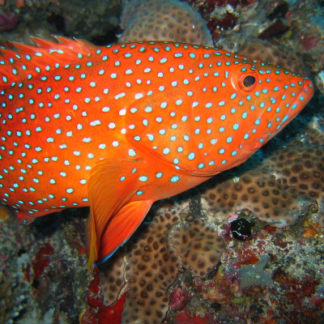Description
Atewa Range Forest Reserve in Ghana is well known for its diversity of threatened and endemic species (those found nowhere else) including birds, mammals, reptiles, butterflies and amphibians. And now, A Rocha scientists have discovered that the White-naped Mangabey Cercocebus lunulatus is living in Atewa Forest. The monkey is known from only a handful of sites in Ghana and is considered by the International Union for Conservation of Nature to be globally Endangered with extinction.
Atewa Forest also contains the headwaters of three river systems, providing clean drinking water for five million Ghanaians, as well as sustaining local industries and agriculture. This makes it all the more concerning that the Government of Ghana with the Government of China wants to push ahead with plans to extract bauxite — the ore of aluminum — from the Atewa Hills at Kyebi. This large-scale commercial mining is an ever-present threat to the Atewa Forest, along with illegal logging, hunting and small-scale gold mining which pollutes the water courses further downstream.
Over 140,000 people have now added their names to petitions calling for Atewa Forest to be protected from mining. And a group of major international conservation organizations have also added their names to the campaign. Amphibian Survival Alliance, Birdlife International, Global Wildlife Conservation, Rainforest Trust, RSPB and WWF, together with A Rocha, have written to the President of Ghana. In their letter, they urge the President to protect Atewa because mining would greatly endanger the more than 100 species of birds, mammals, amphibians and plants thriving in Atewa that are globally threatened or near threatened with extinction. Atewa Forest and the species that live there, including the mangabey, need your urgent help today.
What do you get?
Following checkout you will receive the links to download two versions of the e-card (one formatted for emailing, one for printing at home).


How your money will be spent







Reviews
There are no reviews yet.